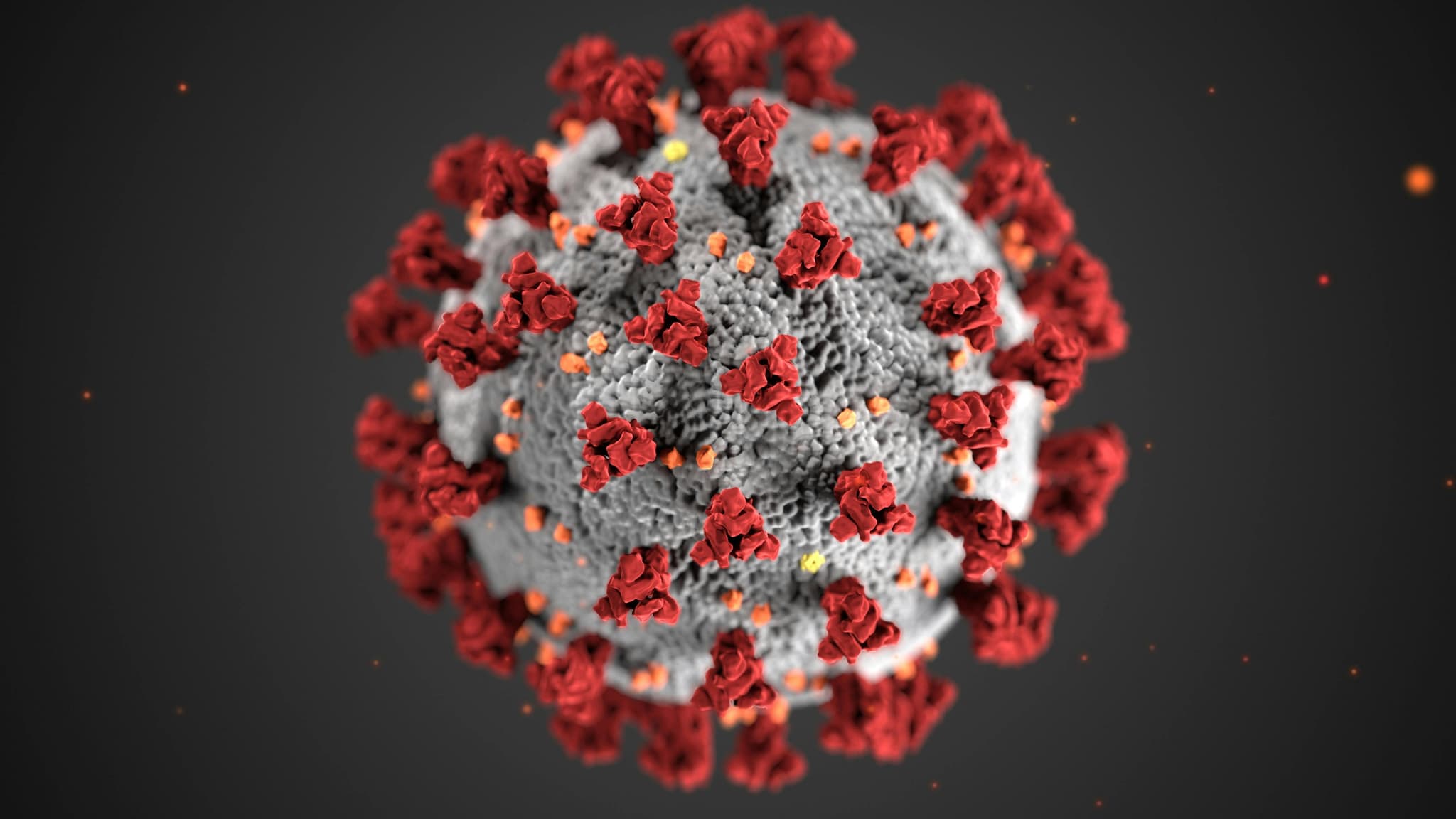Flu and COVID-19 linked to cancer’s deadly comeback
These infections can disrupt the dormancy of disseminated cancer cells, particularly in the lungs, through inflammatory mechanisms.
Published on July 31, 2025

© Pexels
Team IO+ selects and features the most important news stories on innovation and technology, carefully curated by our editors.
Researchers at the University of Utrecht have discovered that respiratory viral infections, such as influenza and COVID-19, can trigger the reactivation of dormant cancer cells, leading to an increased risk of metastatic disease and cancer-related mortality. Animal studies and epidemiological data show these infections can disrupt the dormancy of disseminated cancer cells, particularly in the lungs, through inflammatory mechanisms involving the cytokine IL-6. The findings underscore the need to investigate further interventions that could mitigate the impact of viral infections on cancer progression in survivors.
Imagine cancer cells as seeds that can spread from an original tumor to other parts of the body. Sometimes, these seeds go to sleep, becoming dormant and inactive for extended periods, even years. While dormant, these cells are often undetectable through regular scans, lingering in the body post-treatment. Various factors, such as inflammation or changes in the immune system, can trigger these dormant cells to 'wake up' and start growing again. The study, published in Nature, reveals that respiratory viral infections like COVID-19 and influenza can act as such triggers, reawakening these dormant cancer cells.
This reactivation increases the risk of lung metastasis and, consequently, cancer-related deaths. In mouse models, infection with either the flu virus or SARS-CoV-2 led to a significant expansion—more than 100-fold—of previously dormant breast cancer cells in the lungs. Furthermore, Roel Vermeulen's epidemiological team found similar connections in human data from the UK Biobank, reinforcing the relevance of these findings to human health.
Understanding the cancer comeback
The reawakening of dormant cancer cells is primarily driven by the inflammatory cytokine interleukin 6 (IL-6). Viral respiratory infections, including influenza A virus (IAV), can awaken dormant disseminated cancer cells (DCCs) in metastatic breast cancer through the production of IL-6. In experiments with MMTV-Her2 mice, IAV infection led to increased levels of IL-6 in the bronchoalveolar lavage fluid, activating the IL-6 signaling pathway in DCCs. By crossing MMTV-Her2 mice with IL-6 knockout (KO) mice, researchers demonstrated that IL-6 deficiency prevented the awakening and proliferation of dormant DCCs after IAV infection.
The relevance of these findings extends to human populations. An analysis of patient data from the UK and US indicated that individuals diagnosed with cancer five to ten years prior were three times more likely to die from their cancer if they contracted COVID-19 in 2020-2021, before vaccinations were available. Additional analyses also showed that COVID-19 infection significantly increased the risk of developing metastatic breast cancer in the lungs. Analysis of the Flatiron Health database showed that women with breast cancer who experienced COVID-19 had a 44% higher hazard ratio for subsequent diagnosis of metastatic breast cancer in the lungs, compared to those who did not have COVID-19.
Further research is planned to investigate the mechanisms of the reawakening process, explore preventive measures, and determine how the immune system can be engaged to eliminate awakened cancer cells. The Dutch Cancer Society (KWF Kankerbestrijding) will fund follow-up research, expected to start at the end of 2025 and run for two years, with initial results anticipated in 2027. Treatments already approved for managing severe COVID-19, like antagonistic antibodies against IL-6R and JAK1/2 inhibitors, could potentially reduce the risk of infection-induced metastatic cancer progression. However, further preclinical and clinical studies are necessary to ascertain the effectiveness, safety, and optimal timing of these interventions.
